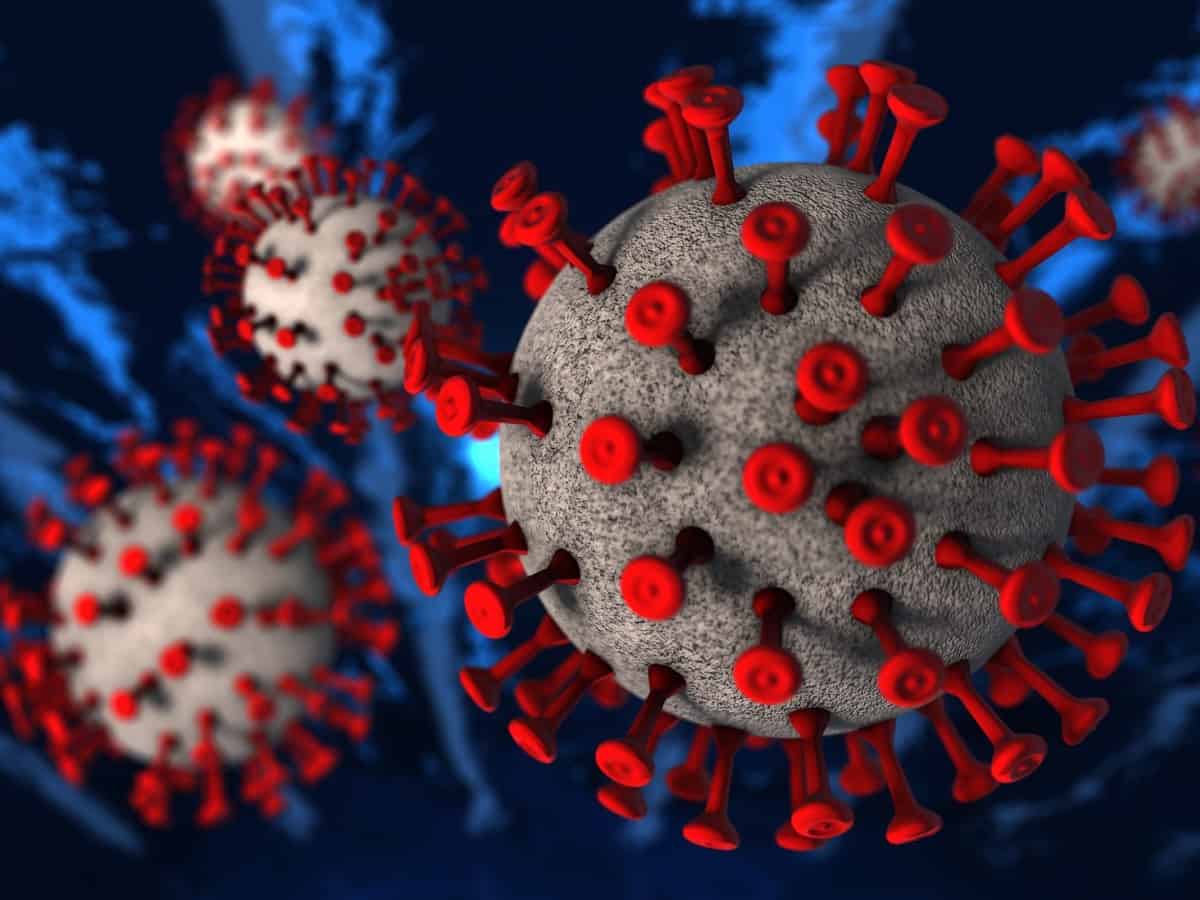Learning is a lifetime journey. It is a process of acquiring new or modified knowledge. Inventions and discoveries come with new terminology. With the introduction of internet, email took the place of mail, postbox is inbox, etc.
Whenever you meet your friends you used to ask what is up? Now, you are in touch with your friends and relatives round-the-clock through WhatsApp.
Novel Coronavirus too brought some new vocabulary or jargon with it. Let us have a look at those terms.
Hazmat suit: it is a special safety garment worn to protect yourself from hazardous materials or substances, including chemicals, biological agents (viruses) or radioactive materials. These days, it is also being called as Coronavirus Protection Kit.

This kit includes several accessories like surgical hair cover, powered air purifying respirator and hood, two pairs of nitride gloves, impervious (invulnerable) gown, impervious coverall, impervious/leg shoe covers. Hazmat is available online at amazon.com, pinterest.com and other sites at Rs.1900/ and above depending on the model. Hazmat is available not only for you, it is available for your doggie too.
PPE: Personal Protective Equipment. It includes medically approved gowns, aprons, or coveralls, gloves, respirators, face shields and masks.
Incubation: Actually, incubation is a period that a hen sits on the eggs for hatching. But, in the case of pandemic it is the length of time between when a person gets infected and when he tests positive for the illness. So, it is for the infected person to sit at home without exposing himself to the outside world to keep him safe from catching the disease or he might spread the disease to others. According to the WHO, the incubation period for COVID-19 ranges from 1-14 days, most commonly around five days.
Self-isolation: A person who is confirmed to have affected by contagious disease has to separate himself from healthy people around him.
Lockdown: A situation in which people are not allowed to enter or leave a building or an area freely because of an emergency.
There is a strict lockdown in our country to avoid the spread of coronavirus. Please follow it strictly and keep the country safe from a major disaster.
Endemic: A disease or a condition that is regularly found and very common among a particular group in a particular area. For example: Malaria, racism, poverty, violence, etc.
Epidemic: An outbreak of disease that attacks many people at the same time and may spread through one or several communities.
Pandemic: When an epidemic spread throughout the world it is called pandemic.
Coronavirus: A family of viruses that cause illnesses ranging from the common cold to more severe diseases, including severe acute respiratory syndrome (SARS) and Middle East respiratory syndrome (MERS).
SARS-CoV-2: The name given to the “novel” coronavirus that was first detected late last year in the Chinese city of Wuhan.
COVID-19: An acronym created by the World Health Organization (WHO) that stands for the respiratory disease caused by the novel coronavirus.
Close contact: Also referred to as “direct contact”, this is when one person is physically close enough to an infected individual and comes into direct contact with their bodily fluids, including respiratory droplets through which the virus transmits.
Flattening the curve: Slowing a virus’s spread to lower the peak number of cases and related demands of hospitals and infrastructure.
Immunocompromised: People who have weakened or impaired immunity due to a chronic health condition, medication or malnutrition.
Quarantine: A state, period or place of isolation in which people or animals that have arrived from elsewhere or been exposed to infectious or contagious diseases are placed.
R-naught or R0: An epidemiologic metric used to describe how contagious an infection is. In the case of COVID-19, research is still in its early stages, but indications suggest its R0 is between 2 and 2.5, which means an infected person will pass the infection on to a minimum of two other people.
Social distancing: Any number of measures taken to increase the physical space between people to slow the spread of the virus. They include staying home more often, catching up with loved ones online instead of in person, strictly limiting the number of visitors to your home, and staying away from other people when you are in a public space. The WHO recommends being more than one metre (three feet) away from the nearest person, while some health experts have suggested maintaining a distance of at least two metres from others.
Underlying condition: A long-term health issue, including asthma, diabetes, HIV, chronic lung disease, cancer and more.
State of emergency: A state of emergency can be declared during natural disasters, epidemics and other public health emergencies. Declaring a state of emergency in more than a dozen states —New York, New Jersey and Michigan etc.— have been done. It gives government officials the authority to take extra measures to protect the public, such as suspending regulations or reallocating funds to mitigate the spread of a disease.

